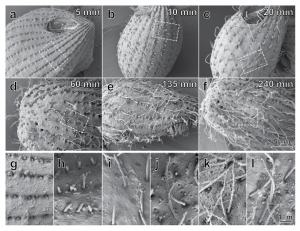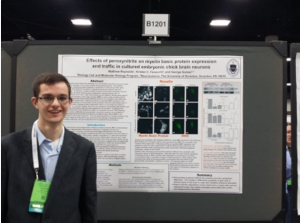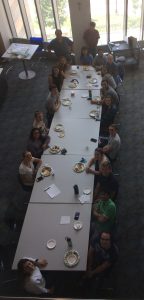Last spring, a group headed by Biology faculty member Dr. Janice Voltzow was awarded a $645,000 grant from the National Science Foundation’s program for Scholarships in Science, Technology, Engineering and Mathematics (S-STEM) to provide support to local students with demonstrated financial need and academic promise to succeed in STEM disciplines at The University of Scranton. The project will fund 25 scholarships over 5 years for students who are pursuing bachelor’s degrees in the STEM disciplines of biology, chemistry, computing science, mathematics, and physics/electrical engineering. Students will share array of experiences together: seminar courses for Royal Scholars to help them develop an identity as a member of the STEM community, outreach activities with local schools, and independent research experiences supervised by faculty trained in mentoring. The structure of support and sense of belonging within a cohort of STEM scholars should enhance students’ potential to graduate and continue on to a STEM career or graduate studies.
The project represents a team effort that includes Dr. Janice Voltzow, Professor of Biology and Principle Investigator (PI); and co-PIs Dr. Brian Conniff (Dean of CAS), Dr. Christie Karpiak (Psychology), Dr. Stacey Muir (Mathematics), and Dr. Declan Mulhall (Physics/Electrical Engineering), as well as staff from admissions, financial aid, and the CAS Advising Center. Please contact Dr. Voltzow (janice.voltzow@scranton.edu) for more information about the program.




